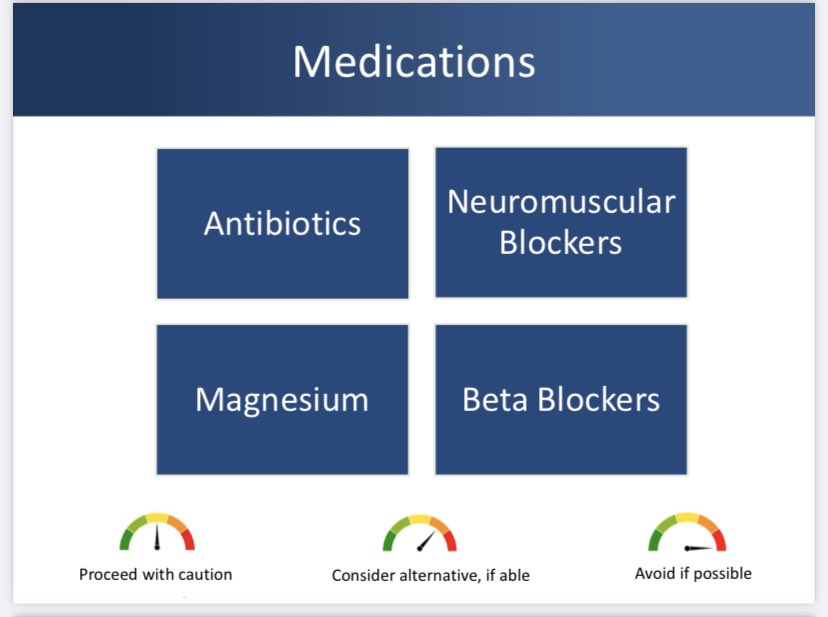
Let’s talk CSF 🧠 💦
☝️ What is it & why is it important?
✌️ Key considerations in CSF sampling 🧪 & analysis 🧐 for suspected infection 🦠
A #NeuroTwitter 🧵 inspired by bedside rounds with attending @BuslKatharina & NCC team👏🏻
☝️ What is it & why is it important?
✌️ Key considerations in CSF sampling 🧪 & analysis 🧐 for suspected infection 🦠
A #NeuroTwitter 🧵 inspired by bedside rounds with attending @BuslKatharina & NCC team👏🏻
So to start, what is CSF? 🤔
CSF▶️clear, sterile fluid secreted by choroid plexus 💦 in the ventricles ➡️circulates throughout the subarachnoid space🧠 & spinal canal🦴
⭐️Function▶️ protective barrier 🛡 provides nutrients 🍎& facilitates removal toxins/metabolic byproducts⚠️
CSF▶️clear, sterile fluid secreted by choroid plexus 💦 in the ventricles ➡️circulates throughout the subarachnoid space🧠 & spinal canal🦴
⭐️Function▶️ protective barrier 🛡 provides nutrients 🍎& facilitates removal toxins/metabolic byproducts⚠️

Now, let’s discuss🖐key pearls when analyzing CSF🧐for poss infection🦠
1️⃣Consider the source!
Obtained from a…
▶️“Closed”system, ie LP💉?
▶️“Open”system, ie EVD🧠?
⚠️Interpret CSF💦from “open”sys w/caution▶️blood🩸& inflammation🔥from underlying condition are often present
1️⃣Consider the source!
Obtained from a…
▶️“Closed”system, ie LP💉?
▶️“Open”system, ie EVD🧠?
⚠️Interpret CSF💦from “open”sys w/caution▶️blood🩸& inflammation🔥from underlying condition are often present
What’s blood🩸got to do with it?🤨
2️⃣RBC contamination🩸in CSF may occur from“traumatic” tap or🩸from SAH w/EVD
In a bloody tap, peripheral blood will mix with CSF sample🧪 ▶️ inaccurate reflection of WBC
🌟Correct WBC for presence of RBCs by using 1:1000 ratio (WBC:RBC) 💡
2️⃣RBC contamination🩸in CSF may occur from“traumatic” tap or🩸from SAH w/EVD
In a bloody tap, peripheral blood will mix with CSF sample🧪 ▶️ inaccurate reflection of WBC
🌟Correct WBC for presence of RBCs by using 1:1000 ratio (WBC:RBC) 💡
Unfortunately, this diagnostic dilemma also exists with glucose & protein ⚠️ w/an EVD but no correction formula exists.
3️⃣Any other markers to assess infection if an EVD is present? 🤔
⭐️CSF LACTATE🧪may be a useful adjunct to culture & analysis to assess for 🧠infection🦠
3️⃣Any other markers to assess infection if an EVD is present? 🤔
⭐️CSF LACTATE🧪may be a useful adjunct to culture & analysis to assess for 🧠infection🦠
CSF sample from EVD is NEG 🚫but concerned for 🧠infection!?
🔑CSF from EVD = ventricular CSF 🧠 vs. LP = lumbar CSF 🦴 ▶️ samples from sites may yield different results
4️⃣Some lit📚suggests CSF from LP 2x ⬆️sensitivity vs EVD
If suspicion is⬆️but EVD CSF neg, consider LP
🔑CSF from EVD = ventricular CSF 🧠 vs. LP = lumbar CSF 🦴 ▶️ samples from sites may yield different results
4️⃣Some lit📚suggests CSF from LP 2x ⬆️sensitivity vs EVD
If suspicion is⬆️but EVD CSF neg, consider LP
And for the 5️⃣th & final pearl from your friendly pharmacist 👩🏻⚕️ 💊
🧫 CSF PCR can be a useful adjunct to detect potential organisms 🦠 & results faster⏰ than traditional gram stain & culture to assist in optimizing antimicrobial therapy 💊 💉
#IDTwitter #NeuroTwitter
🧫 CSF PCR can be a useful adjunct to detect potential organisms 🦠 & results faster⏰ than traditional gram stain & culture to assist in optimizing antimicrobial therapy 💊 💉
#IDTwitter #NeuroTwitter
What additional pearls do you consider when analyzing CSF 🧠 💦 for suspected infection in the presence of an EVD? 🦠
@AJWPharm @KeatonSmetana @caseyalbin @EricLawson90 @CaseyMayPharmD @tigernole13 @erdapenum1 @gmjones09 @marcalainbabi @aartisarwal
@AJWPharm @KeatonSmetana @caseyalbin @EricLawson90 @CaseyMayPharmD @tigernole13 @erdapenum1 @gmjones09 @marcalainbabi @aartisarwal
• • •
Missing some Tweet in this thread? You can try to
force a refresh



















